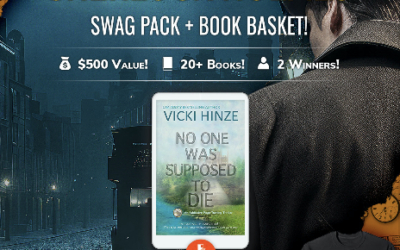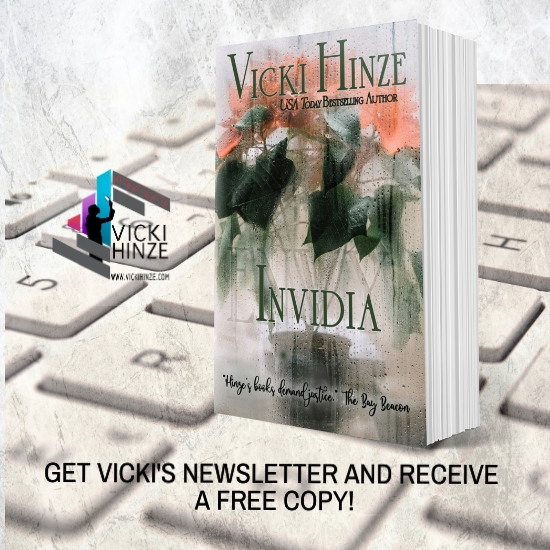WARNING: This is a no-edit zone…
It’s contest time. Writers from all over the world are entering contests and other writers (and editors and agents) from all over the world are judging and/or critiquing them.
I’m critiquing and judging (two separate contests) and coordinating a third. Why? Because I love seeing what’s there. What people are thinking, the kinds of things that fascinate them enough to tackle a book, the way they use their words and structure a story. In short, it’s fun.
Yesterday, a good friend and I touched base. She too is judging/critiquing right now. And while we, of course, didn’t discuss specific entries, we did both note a trend to heavy narrative in the works. And we both wondered why. Neither of us had an answer, so I phoned a third friend, who also does a lot of judging/critiquing. She, too, had picked up on this trend.
We put our heads together and determined that this trend started about a year ago. Before then, the preponderance of entries were not narrative heavy. And though we looked at bestsellers from that time to see if those influenced this trend, we couldn’t find a thing to explain it, but it is there and we all see it.
It’s not a good thing.
I’ve written in-depth articles on Narrative versus Exposition and did a comprehensive series on Effective Dialogue–those articles are all in the Writers’ Library on my www.vickihinze.com website. To learn more on these subjects and how to use narrative and dialogue effectively, feel free to read them. Because this trend is so invasive, it’s really on my mind this morning, so I’ve got to blog about it.
Narrative is good and valuable and it has many positive benefits. But it doesn’t replace dialogue. And it can’t carry the weight that dialogue carries. They’re different animals with different assets and liabilities in the same way a golf cart and an SUV are both vehicles, but think about it: would you want to go on a cross-country trip in a golf cart?
Well, writing your story in all narrative or even narrative heavy is like that. To give your story the best vehicle for it, the writer needs a balance of narrative and dialogue. Think of it like towing the golf cart and making the trip. At points along the way, you stop to play golf. You don’t use your SUV on the course, right? You pull out the cart. On the road, you take the SUV. Well, this is the same thing. Dialogue and narrative are different tools and they serve different purposes.
Let’s do a little investigative work…
Narrative is passive, stagnant. It slows down the pacing. It’s informational, a great tool for planting details critical to the story. And at times, you need to slow down the pacing. To give the reader time to catch a breath. During reflective, peaceful moments. Post intense conflict.
You can’t keep intensity at the same level throughout the book. Think of the EKG. It has spikes and valleys. Flatlined is dead. The same thing happens to the reader. Keep the intensity too high for too long and the reader taps out, goes numb. It’s an instinctive survival reaction. Keep the narrative going too long, and you put the reader to doze zone. Why? Because nothing is happening.
Narrative is passive, remember? Passive is inactive, stagnant. When you insert narrative, you stop the action and the forward momentum of the plot. You’re telling, not showing, and readers can only take so much of that before they want something to move!
Dialogue either is active. Interspersed with tidbits of the character doing something, it can give the illusion of being even more active. The dialogue moves the story along, keeps the reader engaged. And a perk for the writer:
What the writer tells the reader (in narrative) is suspect.
What one character tells another (in dialogue) is readily accepted.
So how do you get this balance you need to best serve the story?
The amounts are story-dependent. Some books require more dialogue than narrative, and on others you’d have to flip that so narrative gets the lion’s share on the page to give the story its best structure. Genre and the individual story dictate this. Tips? Know your genre. Readers of that genre know it, and it sets their expectations. Listen to your inner ear. It’ll tell you if things are dragging along or moving at a good clip–and if that’s right for this specific scene in this specific novel.
A good rule of thumb is in remembering that when in narrative, nothing is happening. That gives the reader the opportunity to put down the book. Too many opportunities and the reader is going to take one and not pick the book back up. So how do you combat that?
By interspersing your narrative in the action. Tell the reader what s/he needs to know for what is happening at that point in the story to make sense. If the reader doesn’t need to know it now, don’t add it now. Wait until the reader does need to know it.
By including snippets of narrative. In short sequences, the reader reads and then the action starts up again before it’s fully occurred to the reader that the action stopped. This gives you a good flow and it diminishes those “put the book down” opportunities. The rhythm of the book gives readers those brief respites to emotionally rest and prepare for the next intense spike.
So the reader isn’t worn out (numb or anesthetized) and that’s crucial. Readers bond to characters–care what happens to them–because of those emotional connections created between the the reader and character. A numb, anesthetized reader in emotional survival-mode can’t bond with anyone.
If you want more information on these topics, feel free to visit my writers’ library. There are multiple articles on narrative and dialogue in it.
One last thing to keep in mind. We live in a fast-moving world where people get impatient waiting for red lights. They get annoyed at a two second delay while a browser is loading, being third in the grocery store’s check-out line. Irritated at waiting for the beep so they can leave someone a voice mail message.
Bearing that in mind, is this really a good time for writers to bog down stories in narrative and ignore dialogue?
Just a thought…
Blessings,
Vicki
C2008




